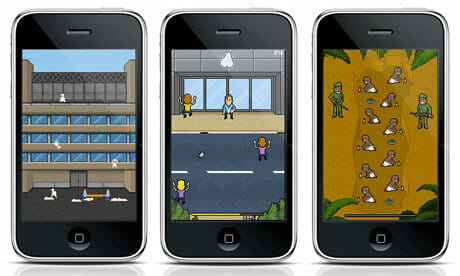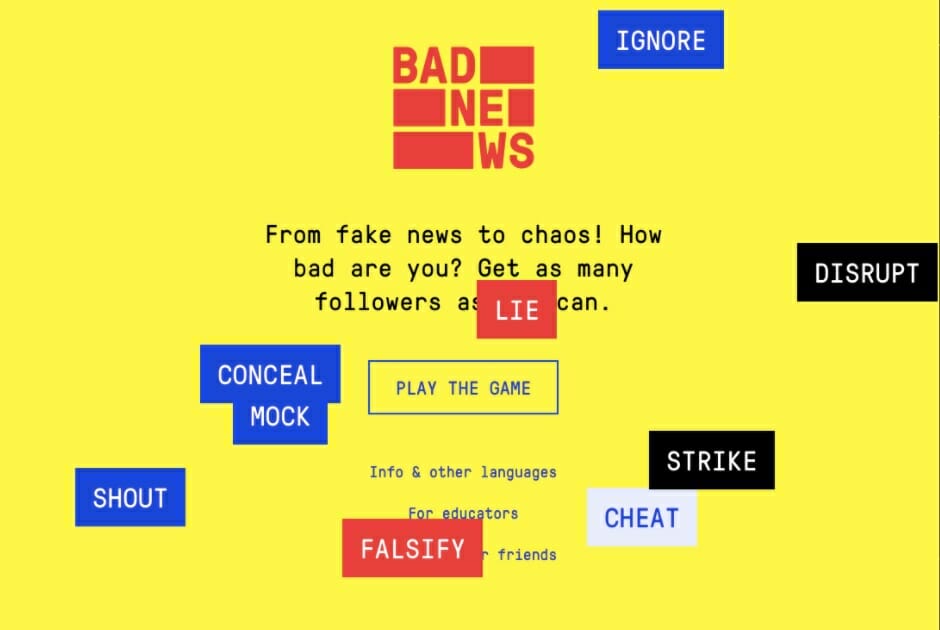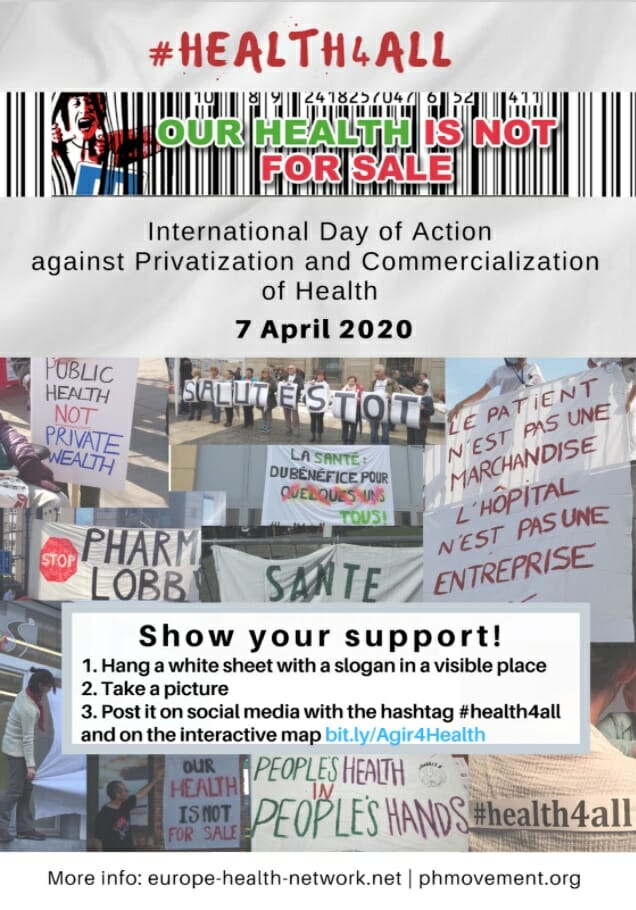During COVID-19, we can creatively adapt activism and advocacy campaigns to keep social connection while maintaining physical distance. Here’s how…
“Don’t Cancel” Webinar
Recorded April 3rd, 2020
We share tips and case studies of artistic actions that demonstrate creative problem-solving in the age of physical distancing.
Slowing the spread of COVID-19 and flattening the curve are deeply important to protect ourselves, or friends, and our family from an overwhelmed medical system. However, that doesn’t mean our efforts to fight for social and economic justice are no longer relevant or important. In fact many of our efforts are related or interconnected with this current health crisis. Specific events may need to be cancelled or postponed, but your advocacy and your campaigns may need to continue. It’s simply time to adapt. So don’t cancel, instead let’s focus on how it can be done. Now’s the time for us to make the seemingly impossible possible.
Resist your feelings of discouragement. Don’t call off your plans just yet. As artistic activists, the world has always tossed the unexpected into our well made plans. This is why we rely on our creativity to begin with, and the current array of recommendations, requirements, and limitations to our social interactions are also a test of our creative thinking.
The following is a list of ideas, possibilities and starting points to inspire you in how you can continue doing your important work in ways that are safe given our current situation. They are not all appropriate for the present moment, nor will they work for every effort in every context, but using these as a starting point for some creative thinking may help you move forward.
Leverage the moment to get press
Everyday the newspaper starts empty and needs to be filled with news. Yes, there’s a lot of public health related news, but right now there are fewer, if any, sports events, cultural events, and other gatherings and functions in which to report on.
The press needs content. By creating newsworthy events, in this time, we have opportunities to get our messages out into the world.
Also, reporters are always looking for clever angles that connect to current events, and we can provide them. For example, read the following in a newscaster voice: “How do you organize a protest when no one can come? One local activist is determined to find a way.”
Keep Away
Center for Artistic Activism alumni in Skopje, Macedonia, “Keep Away” reminds citizens to follow the recommendations of the health department. But in announcing the project, they made special note that “no direct contact between the members of the group [was made] during the preparation of this action – we worked in phases and sequentially. Each artist worked on a different stage in order to avoid direct contact, but also to prove that although it is difficult, it is not impossible to get things done this way.”
Save the Rivers (at the river)
Center for Artistic Activism alumnus, Vanja Lazić, had planned to launch this collaborative, community mosaic/mural about saving rivers in the Balkans with a large public event this week. Because of COVID-19, she had to shift her strategy away from a public gathering to a press event. Instead of displaying the mural in the town center, she brought it to a beautiful river and created a spectacular photo opportunity for the press.
Make online content timely
A benefit of online work is of course that it can be super timely.
Journal Rappe
Xuman and Keyti (Center for Artistic Activism Trainers in West Africa) created a local, in-depth news program, but with a twist. The whole show is a hip-hop mix tape. One of our favorite projects!
Delays Mean Deaths
Delays Mean Deaths: An online pressure campaign around drug user health in Seattle the Center for Artistic Activism created in 2018. Visitors to the site can participate by writing memorials for friends who have died and/or contacting Seattle’s Mayor to demand changes.
#Climatestrikeonline
The school strike for climate (Swedish: Skolstrejk för klimatet), also known variously as Fridays for Future (FFF), Youth for Climate, Climate Strike or Youth Strike for Climate, is an international movement of school students who take time off from class on Fridays to participate in demonstrations to demand action from political leaders to take action to prevent climate change and for the fossil fuel industry to transition to renewable energy.
After school closures, they have moved the “climate strike” online.
Online meetings CAN work
It can be used to great effect. There are now very good guides out there. You can build community also. If you’re doing online meetings or phone meetings, give some time for people to connect socially at the beginning and end. Put them into smaller “breakout rooms” or do a round of introductions that include some human, social element “unrelated” to the topic so everyone gets a chance to connect on a more human level.
Zoom in Costume
We love how more and more people are wearing costumes in this medium – increasingly I’m seeing this happen in what would normally be pretty staid meetings. This gives more opportunities for community, connection, and hilarity.

Phone It In
Are there ways you can make your actions and projects more digital and less live and in public in the next month?
Can you use the phone system or conference calls to gather people or discuss issues in other formats?
Can you use social media to encourage interaction and audience participation?
Here’s some examples:
William Shatner robocalls calls Hewlett Packard employees (Greenpeace)
FiveCalls.org
A very successful site that connects people with issues they care about and then connects them directly with their representatives.
Lower (physical) barriers to participation
Figuring out how to lower the barriers and make participation easy and accessible will help people take part whether they are on lock-down, sick in bed, or their schedule is impacted by caring for friends, neighbors or loved ones.
Start by acknowledging the current costs (financial, social, perceived costs, fears and risks, etc) and where people are. “Look, we’re all stuck at home and our lives have been disrupted, but let’s remember that we are in this together and we can help each other. Here’s an easy way…”
Make participating simpler – ask people to share their experiences with the issue or topic you’re working on. Remind them that we will overcome the current obstacles, and ask them to contribute the traditions they love from the past or visions of what they’d like to see in the world once we’re past this.
Here’s a great example:
Partido de la Red, Argentina’s Internet Party
To bring people into the political conversation, the Internet Party uses a tool called Democracy OS (see also Loomio), an online open-source platform that allows members of the public to debate policies and decide how they want their representatives to vote.
Loomio.org
Loomio.org, online meeting replacement. It allows people to vote and chime in without time-consuming group meetings.

Give people opportunities to tell stories they care about
People are stuck at home. They are desperate to hear good news and positive things. They also need a sense of agency – when the world feels out of control, it feels good to contribute to something and see the effect of that contribution.
You can build community also. If you’re doing online meetings or phone meetings, give some time for people to connect socially at the beginning and end. Put them into smaller “breakout rooms” or do a round of introductions that include some human, social element “unrelated” to the topic so everyone gets a chance to connect on a more human level.
Art+Feminism Wikipedia Edit-a-thon
This edit-a-thon’s goal is to increase the presence of women artists on Wikipedia. Originally done together in physical spaces, but there’s no reason it can’t be done together online. And when you make an edit, it’s immediately part of wikipedia – the largest ever encyclopedia in the world.
Family Pictures USA
On this public television show, artist Thomas Allen Harris goes through the family photos and stories of participants “as they are reacquainted with relatives and old friends, introducing fascinating characters to our collective consciousness and discovering surprising connections along the journey.” It’s really wonderful.
Games make people happy
Mobile Games
There’s a whole genre here, but check out Phone Story, a mobile game which reveals the real social and ecological conditions of creating Mobile Devices. Or Guerras Electorales, which was launched right before the presidential elections in Mexico and shows how to commit fraud at the election.
Bad News Game
In Bad News, you take on the role of fake news-monger. Drop all pretense of ethics and choose a path that builds your persona as an unscrupulous media magnate. But keep an eye on your ‘followers’ and ‘credibility’ meters. Your task is to get as many followers as you can while slowly building up fake credibility as a news site. But watch out: you lose if you tell obvious lies or disappoint your supporters!
The MacDonald’s VideoGame
OG online game from 2005 by Molle Industria. “Making money in a corporation like McDonald’s is not easy! Behind every burger there is a complex process you need to master: from pastures to the slaughterhouse, from restaurants to branding. You’ll discover all the dirty secrets that made us one of the biggest company in the world.”
Move IRL tactics to VR
Can you run an event that doesn’t require crowds and touching of common surfaces? Maybe “Appointment only” events and call it “VIP” treatment.
Can you create an audio tour or low power radio broadcasts so people can have a guided, solo experience?
Center for Artistic Activism pal, Tod Brilliant brought up that more people are out taking walks “so, good old-fashioned telephone pole flyers are suddenly powerful again. At walking speed, they’re seen. As part of a ‘real world’ that too many people have missed, they’re likely to be received with a dose of nostalgia and gratitude, especially if they’re more about community building than protest… and, of course, link to an (yawn) online platform.”
There are more than 250 other examples of online and mediated activism on Actipedia.
Floodnet
Virtual sit-in tool initially developed in support of the Mexican insurgent group the Zapatistas.

508 Memorial in Seattle
Another Center for Artistic Activism from last year in Seattle. These numbers represented overdose deaths in the city. The memorial had an interactive element, but didn’t require large crowds to be effective. The flowers, notes, and photos they left became a way to mark their presence, even after they were gone.
Spanish Hologram Protest
Spanish citizens hold the first hologram protest in history in order to protest without violating the new draconian guidelines of the National Security Act
PampaRadio
“Pamparadio” was a radio show run by two adolescents from the community of Iquitos, a jungle province. Armed with a gigantic speaker on the top of a community center and an AM radio frequency, Marco Jhastin Anchec and Cledy del Aguila Mozombite single-handedly ran “Pamparadio” as a celebration of potable water, how to make it, and how to take care of it.

Courage Score
Courage Score grade California state legislators on their political courage, revealing how well they stand up for their constituents over corporations or interest groups that exploit Californians, particularly the poor, disadvantaged, or communities of color.

Street Actions are Still Viable
RUN EVENTS THAT DON’T REQUIRE CLOSE CONTACT – Can you run an event that doesn’t require crowds and touching of common surfaces? Maybe “Appointment only” events and call it “VIP” treatment.
Can you create an audio tour or low power radio broadcasts so people can have a guided, solo experience?
Thanking first responders from balconies and windows
In various cities around the world, people have started to go to their balconies at the same time every day to applaud health care workers for their tireless service.
People in Italy gather on their balconies and sing in solidarity
In Mallorca, Spain, local policemen gathered to sing and dance in the streets for the people in lockdown.
New Yorkers cheer for health care workers at 7pm every night.

#health4all
People’s Health Movement reclaimed the World Health Day as People’s Health Day on April 07. They created an interactive map of actions at this link.
“Any initiative in the struggle for health that you may be organizing during, or around, the 7th of April can be strengthened by making the link to the global mobilization for #health4all. Also, you will inspire others by sharing what you are doing and what are the main struggles in your country and region. You can also show your support by hanging a white sheet on your window, taking a picture, and sharing it. More information, communication material, etc. (in EN, FR, ES) on the website of the European network against healthcare privatization: “
Cabbie protest against Uber, Mexico
Social distancing style, in 2019, thousands of medallion taxi drivers parked their cars to block major Mexico City thoroughfares to protest ride-hailing apps such as Uber.
508, Seattle City Hall
Another Center for Artistic Activism from last year in Seattle. 508, These numbers represented overdose deaths in the city. The memorial had an interactive element, but didn’t require large crowds to be effective. The flowers, notes, and photos they left became a way to mark their presence, even after they were gone.
Street signs and posters
Our friend Tod Brilliant brought up that more people are out taking walks “so, good old-fashioned telephone pole flyers are suddenly powerful again. At walking speed, they’re seen. As part of a ‘real world’ that too many people have missed, they’re likely to be received with a dose of nostalgia and gratitude, especially if they’re more about community building than protest… and, of course, link to an (yawn) online platform.”



What have you seen or heard?
Does this inspire any ideas? Do you have a project to share?
Check out our ever growing list of projects here short list of articles and manifestos.
We’d sincerely like to know about projects you see that are doing this well. Post them to Actipedia, with the tags #covid19 #coronavirus #pandemic #dontcancel and any other good ones you can think of! That’s our user-submitted database of artistic activist projects. Hundreds of people from around the world use it daily and you can search by location, issues, etc.



















